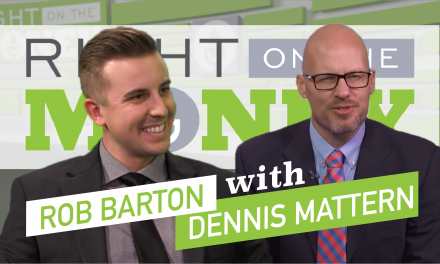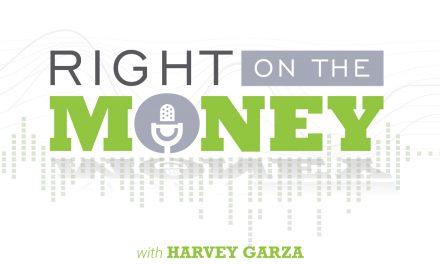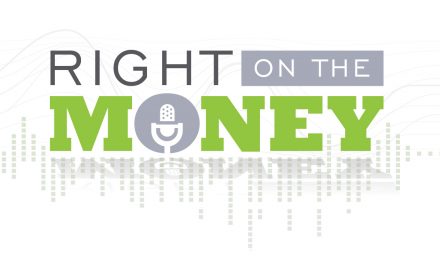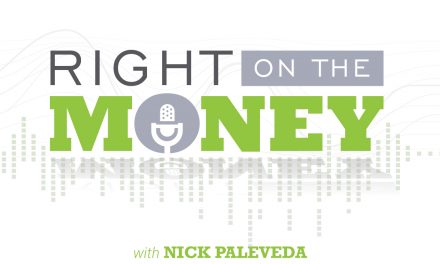The Age of the Uber-Aged is Upon Us Where Eldercare Will Be a Fact of Everyday Life
The baby boomers have spoken. They don’t want to live in a nursing home. So they’re going to have to change their diet and exercise routine to prepare for a life worth living past age 95. To compliment the Gray Wave, the assisted home living industry is going to evolve in high tech, high touch and some old fashion medical house calls. Watch the interview with economist, best selling author, registered investment adviser and Masters of Science in financial services Dan Casey.
At the beginning of the year, Bloomberg reported that Japan sells more adult diapers than children’s diapers. America’s aging population is not far behind Japan, but the answer to incontinence will be medical technology, not adult underwear. There are doctors and then there are gerontologists, medical professionals specializing in the biological science of growing old.
The mortality revolution is well underway in the West. The #1 risk in retirement is longevity risk. If the average survivor of a married couple is estimated to live to age 93, then guarantying income to age 100 is a reasonable time horizon for any plan. Remember that’s age 93 is the average. That means that half of all married couple survivors will live longer. Willard Scott used to celebrate centurions on his TV show. Now there are over 72,000 in the U.S. Susanna Jones just died in May of this year at 116. She was a tri-centurion and a super centenarian teenager. Jean Calment lived to age 122 and is the oldest person who ever lived according to the Guinness Book of World Records. Dr. Aubre De Grey, noted gerontologist, has said that the person who will live to age 150 has already been born.
Some retirees have long term care coverage, but not many. Others have long term care hybrid insurance coverage via annuity and life insurance contracts. But most don’t have eldercare coverage or the assets to pay for it.
A primal retirement instinct among baby boomers is to eliminate mortgage payments before they retire and many do just that. Now enter the new pragmatism of geriatric living. Welcome to a plan that’s doable and if you don’t use it you don’t lose it. Under HUD and insured by the FHA, the Home Equity Conversation Mortgage program or HECM, as it know, has homeowners to apply for a appreciating equity line of credit. HECM caps out at $625,500 of home value, so your equity line of credit is about half that. Contact a certified HECM loan officer to determine your equity line of credit. If you never use it, your equity line of credit continues to appreciate uncorrelated to the value of your home. But ultimately the odds are that you’ll use it.
Some savvy seniors have upgraded their homes using the appreciating line of credit for geriatric living to accommodate their physical conditions later in life like walk in tubs, slip proof flooring in bathrooms, ramps instead of stairs, kitchen cabinet access, etc. All the upgrades are targeting morbidity events, accidents that the elderly are prone to experience.
But later in life you may need help in your home because nursing home facilities are the absolute last resort. Perhaps Visiting Angels or live in grandchildren will be the new normal for eldercare or nurses that make house calls. Whatever the costs, the appreciating line of credit can act as a money reserve or a budgetary backstop.
Consider the economics: No annual loan interest due. No ten-year pay back required. No cancelation of the equity line due to your home’s market devaluation. That being said, you do have to keep your home in good working order. You have to live in your HECM home as prime residence while you live. You have to be at least age 62 to qualify for an application.
Before moving forward with any of these ideas consult a certified HECM loan officer.
Syndicated financial columnist Steve Savant interviews economist, best selling author, Registered Investment Adviser and Masters of Science in financial services Dan Casey. Right on the Money Show is an hour long financial talk distributed to 280 media outlets, social media networks and financial industry portals.





